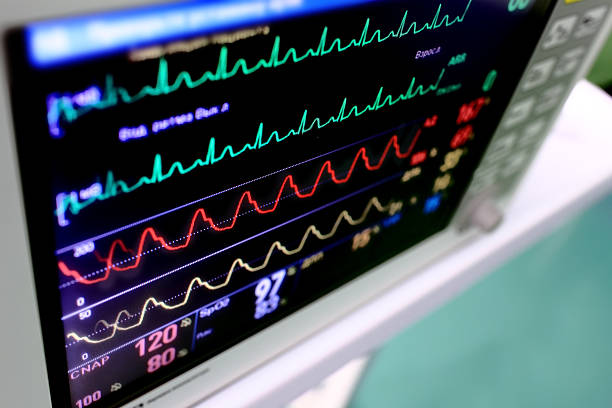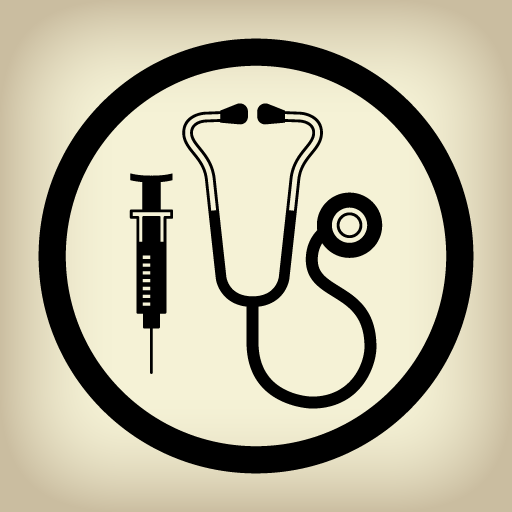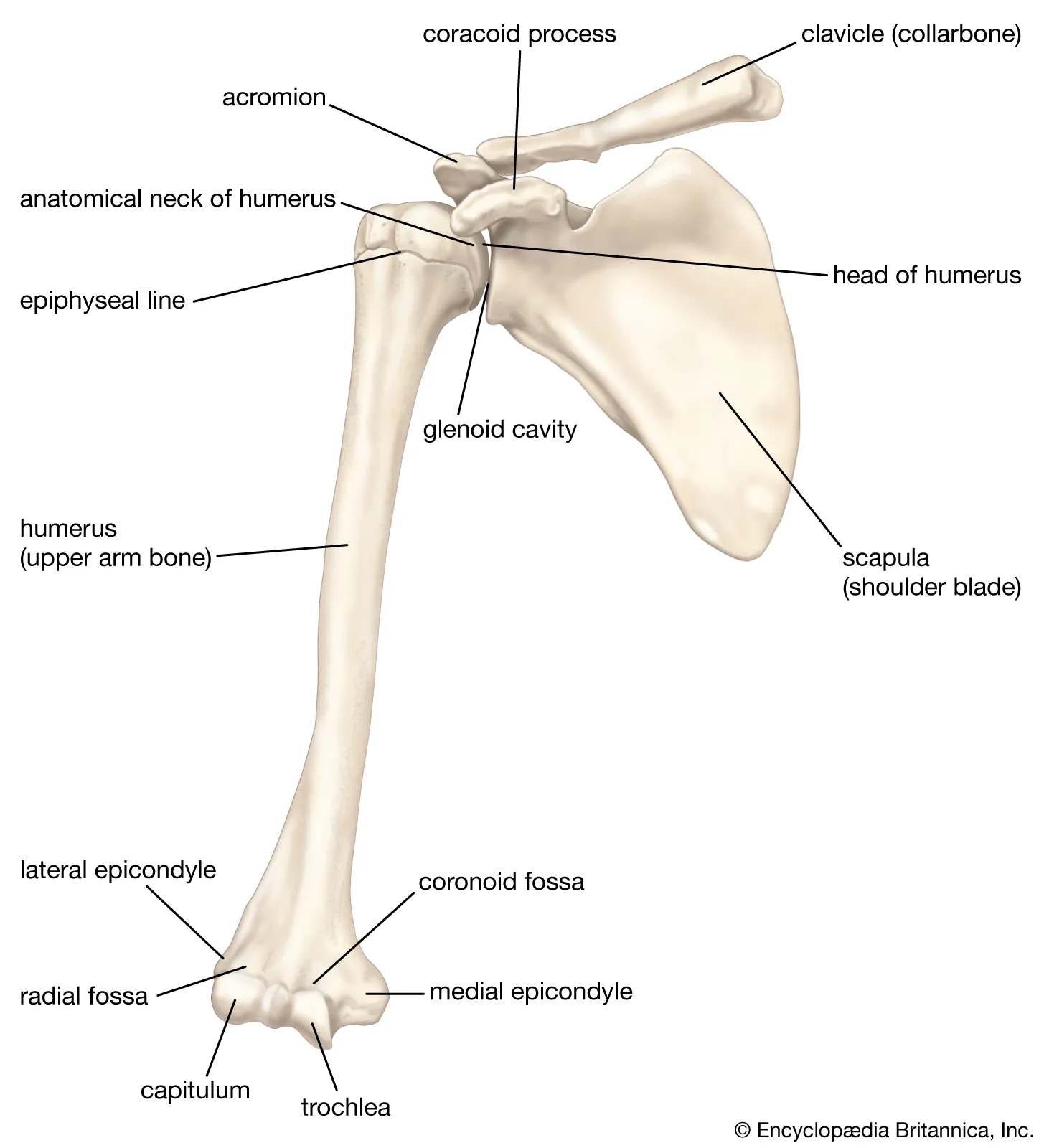ICU
After you’ve worked in acute care for a bit, perhaps you’d like to try working in the ICU. You might enjoy ICU if you have high attention to detail, enjoy collaborating closely with a team of healthcare professionals, and are confident and calm under pressure. (And enjoy doing very thorough chart reviews.) Some people prefer ICU to working on the floors because of lower nursing to patient ratios and monitors constantly showing the patient’s vitals.







